Mobile App Development Trends in 2025

Navigating the Future: What are the Key Mobile App Trends Reshaping User Experiences?
Mobile App Development Trends in 2025.
Are you ready for a seismic shift in how we interact with technology? The mobile landscape is evolving at an unprecedented pace, driven by advancements in artificial intelligence, augmented reality, and evolving user expectations. But amidst all the buzz, what are the real Mobile App Trends you need to be aware of? Forget fleeting fads – this post delves into the durable transformations impacting Android, iOS app development, user engagement, and ultimately, business success.
Key Concepts & Trends
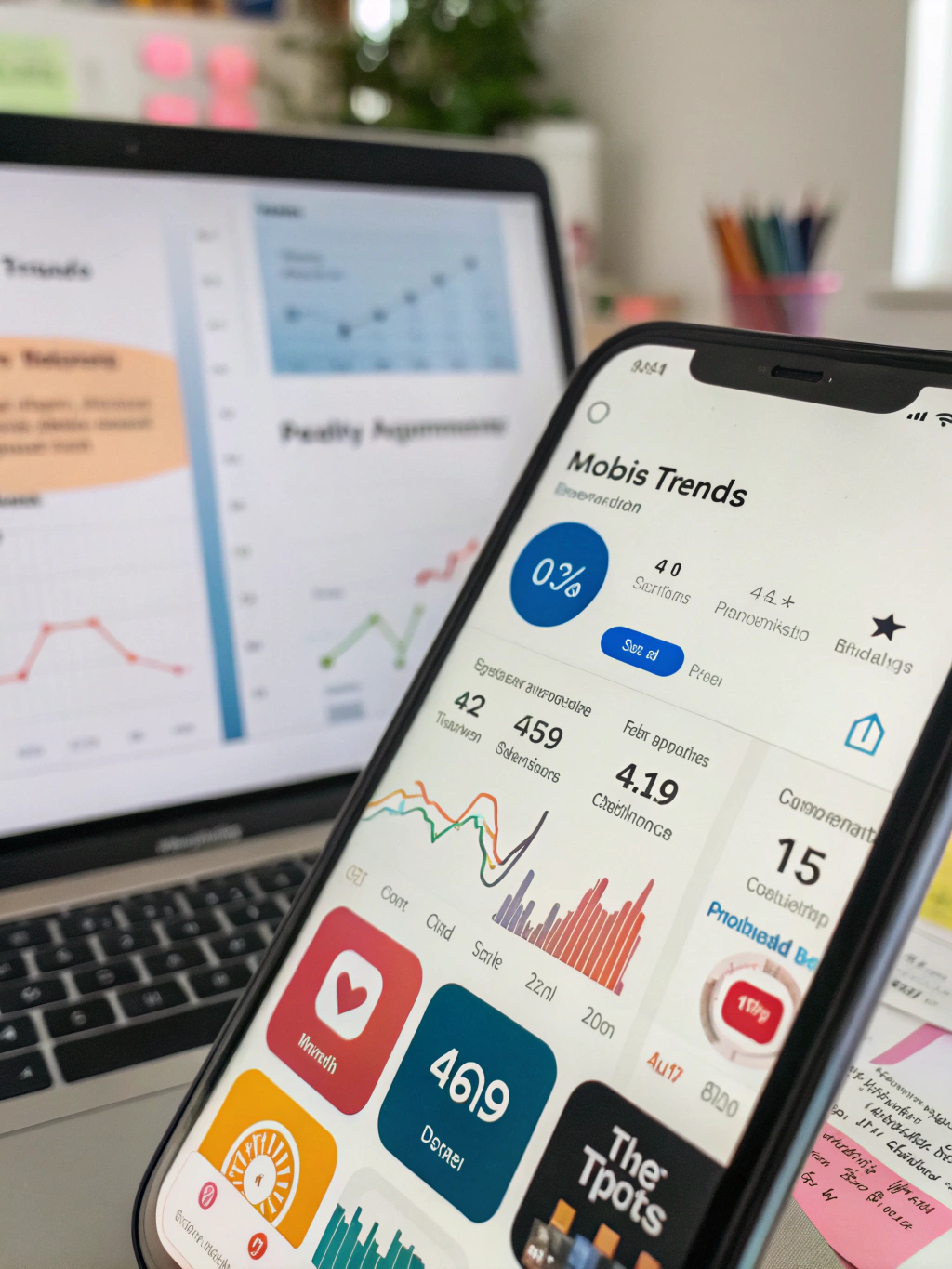
The latest Mobile App Trends aren’t just about new technologies; they represent a fundamental shift in how users expect apps to function and integrate into their lives. Think of it like this: a few years ago, apps were largely standalone tools. Now, they’re woven into the fabric of our daily routines, acting as extensions of ourselves. Here are some defining trends fueling this transformation:
1. Artificial Intelligence (AI) & Machine Learning (ML): This isn’t a futuristic pipe dream; it’s already here. AI powers personalized recommendations, chatbots for customer support, predictive analytics, and enhanced search functionalities within apps. Imagine a shopping app that anticipates your needs based on your browsing history and past purchases – that’s AI in action. ML algorithms continuously learn from user behavior, delivering a more tailored and intuitive experience. Popular tools include TensorFlow Lite for Android and Core ML for iOS, enabling developers to integrate AI directly into their apps.
2. Augmented Reality (AR) & Virtual Reality (VR): While still relatively nascent, AR and VR are poised for explosive growth. AR overlays digital information onto the real world, enhancing experiences in retail (virtual try-ons), gaming, and education. VR immerses users in fully simulated environments, opening doors for training simulations, virtual tourism, and entertainment. Apple’s ARKit for iOS and Google’s ARCore for Android are key frameworks driving AR adoption.
3. Hyper-Personalization: Generic app experiences are becoming relics of the past. Users demand customized content, recommendations, and interfaces. Hyper-personalization leverages data (with user consent, of course!) to tailor the app to individual preferences, behaviors, and context. This extends beyond simple greetings; it means dynamic content changes, adaptive user interfaces, and predictive functionalities.
4. The Rise of Low-Code/No-Code Development: The demand for apps is outpacing the supply of skilled developers. Low-code/no-code platforms empower citizen developers – those without extensive coding experience – to build functional apps quickly and easily. This accelerates development cycles and democratizes app creation, especially for small businesses.
5. Progressive Web Apps (PWAs): PWAs blur the lines between websites and native apps, offering a fast, reliable, and engaging user experience via the web browser. They can be installed on a user’s home screen, work offline, and send push notifications. PWAs offer a cost-effective alternative to building separate native apps for Android and iOS.
Data & Market Insights
The market for mobile apps is booming. Statista projects global mobile app sales to reach $1.44 trillion by 2028. Consumer spending on mobile apps is constantly increasing, with users spending an average of 5 hours per day on their smartphones.
- AI in Mobile: A recent report by MarketsandMarkets projects the AI in mobile market to reach $28.37 billion by 2028, growing at a CAGR of 36.3% from 2023 to 2028. (Source: MarketsandMarkets)
- AR/VR Adoption: Grand View Research forecasts the global augmented reality market size will reach USD 344.06 billion by 2028, indicating a significant shift towards immersive experiences. (Source: Grand View Research)
- PWA Growth: According to a Salesforce report, 42% of mobile users are more likely to return to a website that uses a PWA. (Source: Salesforce)
This data clearly demonstrates the increasing importance of these Mobile App Trends for both businesses and users.
Smarter Strategies & Alternatives
To leverage these trends effectively, businesses should adopt a strategic, data-driven approach to app development. Instead of jumping on every shiny new technology, focus on aligning with user needs and business objectives.
- Prioritize User Experience (UX): Invest in creating intuitive and user-friendly interfaces that cater to individual preferences.
- Leverage Data Analytics: Track user behavior to identify pain points and areas for improvement.
- Consider Hybrid Approaches: Evaluate PWAs as a cost-effective alternative to native apps, especially for simpler functionality.
- Embrace Agile Development: Iterate quickly based on user feedback and market changes.
- Explore Serverless Architectures: reduce infrastructure costs and scale dynamically to meet fluctuating demand.
Use Cases & Applications
The applications of these Mobile App Trends are vast and spanning across various industries:
- Retail: AR try-ons for clothing and makeup, personalized product recommendations via AI. (Example: Warby Parker’s virtual try-on feature.)
- Healthcare: Remote patient monitoring using AI-powered wearables, AR-guided surgical procedures.
- Finance: Fraud detection using ML, personalized financial planning tools.
- Education: Interactive AR/VR learning experiences, AI-powered tutoring.
- Gaming: Immersive VR gaming experiences, personalized game content.
Startups like “Visionary AR” are pioneering AR solutions for industrial training, while established companies like JPMorgan Chase are leveraging AI to improve customer service through chatbots integrated into their iOS and Android apps.
Common Mistakes to Avoid
Businesses often stumble when trying to adopt these trends:
- Ignoring User Feedback: Failing to solicit and act on user feedback leads to apps that don’t meet needs.
- Over-Engineering: Adding unnecessary features can complicate development and increase costs.
- Poor Data Security: Ignoring data privacy and security protocols can damage trust and lead to legal ramifications.
- Lack of Mobile-First Mindset: Developing a desktop application and then trying to adapt it for mobile often results in a suboptimal user experience.
Maintenance, Security & Long-Term Planning
Once launched, app maintenance and security are crucial.
- Regular Updates: Keep apps up-to-date with the latest operating system versions and security patches.
- Security Audits: Conduct regular security audits to identify and address vulnerabilities.
- Data Encryption: Encrypt sensitive user data to protect against breaches.
- Scalability Planning: Design your app architecture to handle increasing user loads and data volumes
Summary & Key Takeaways
The Mobile App Trends are fundamentally reshaping the mobile landscape. AI, AR/VR, hyper-personalization, PWAs, and low-code/no-code development are not just buzzwords – they are powerful tools for creating engaging, user-friendly, and successful mobile apps. By embracing these trends strategically and prioritizing user experience, businesses can unlock new opportunities for growth and innovation.
FAQs
Is it too late to invest in crypto? The cryptocurrency market remains volatile. While potential exists, thorough research and a risk-aware investment approach are vital. Consult with a financial advisor before making any investment decisions.
How can small businesses use AI? Small businesses can leverage AI for tasks like customer service chatbots, marketing automation, and data analysis using readily available AI tools and platforms.
What tech stacks scale best? Cloud-based architectures (like AWS, Azure, or Google Cloud) combined with microservices and containerization (Docker, Kubernetes) enable excellent scalability for mobile apps
Share this content:

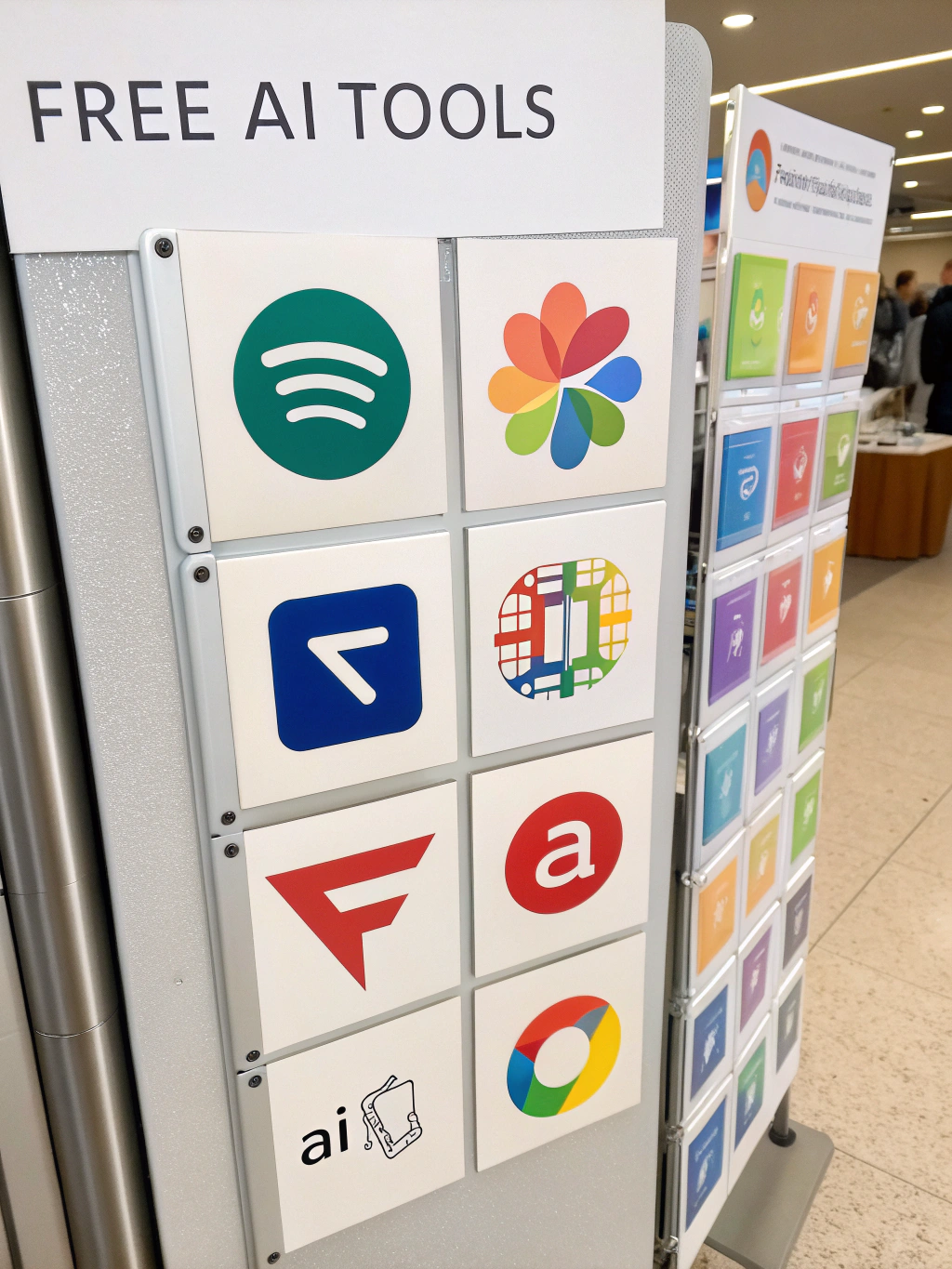


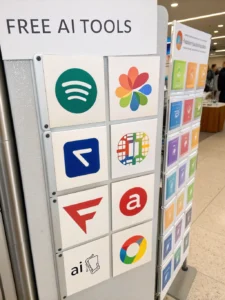



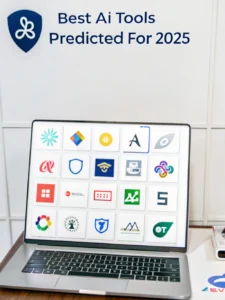
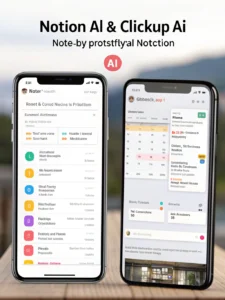
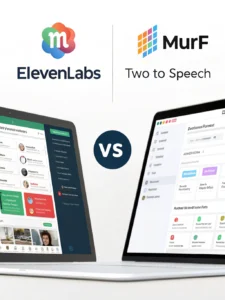



Post Comment